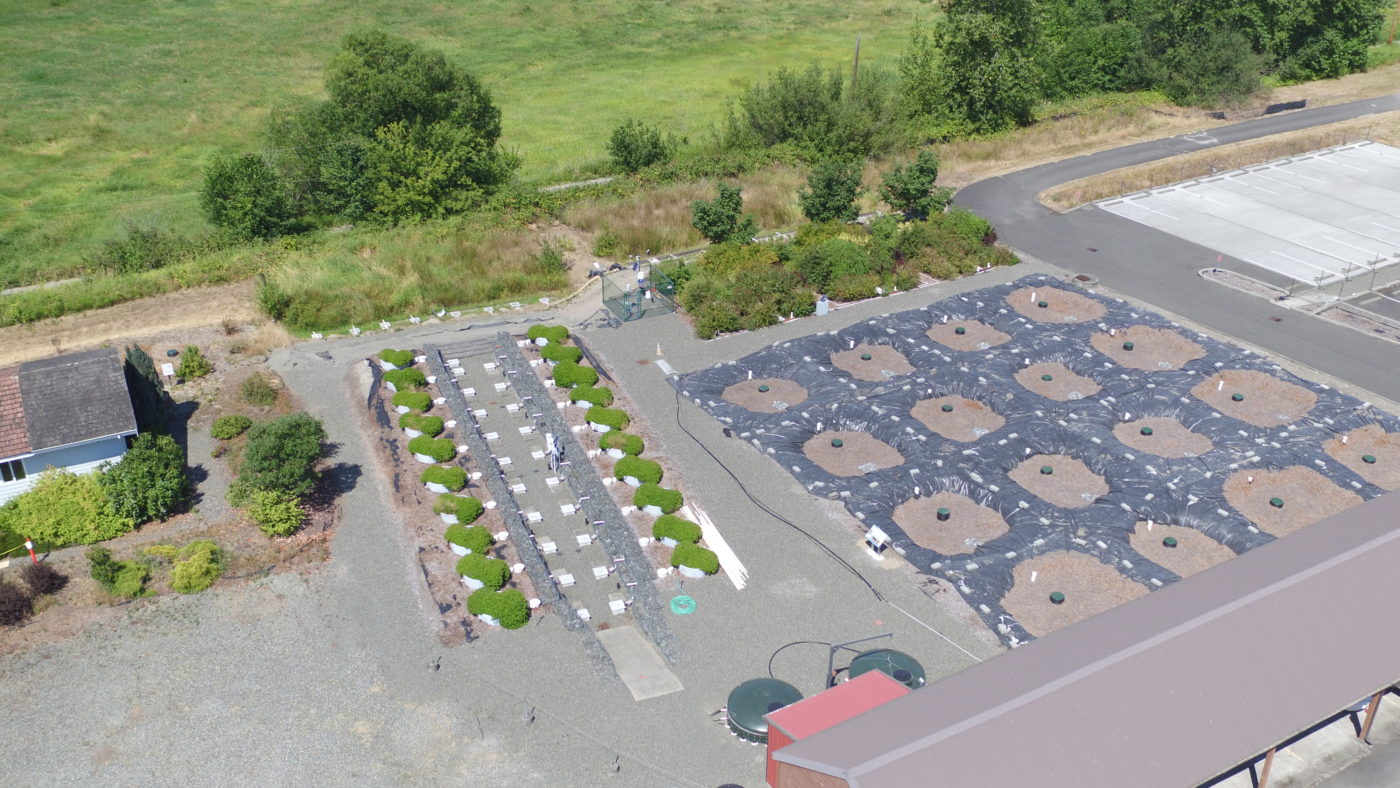Rain Gardens at WSU
Purpose
The mulch layer of a rain garden prevents erosion, controls weeds, retains moisture, adds organic material to the soil and improves drainage. The purpose of this project is to see what, if any, benefits exist from using one type of mulch versus another. The project is a collaborative effort with the Washington Department of Ecology and Washington State University.
Scope
Starting in the fall of 2019, stormwater will be collected during targeted rain events. During the spring/summer growing season, gardens will be monitored for weed suppression and soil moisture retention by mulch type.
Project Summary
Rain gardens are used to collect and process stormwater with known success. However, maintenance of rain gardens is a time-consuming endeavor—weeding (herbicides are not recommended) and watering (during the dry summer months years 1-3 while plants are establishing). Is there a mulch that performs better at reducing these tasks?
Timeframe/timeline
2 years starting in the fall of 2019
Parameters measured
Water quantity
Water quality
Weeding effort and plant replacement costs
Elements Included in this Project
16 rain gardens at WSU-Puyallup were retrofitted in 2017 to allow researchers to hold and collect water applied to them.
There will be four replicated rain gardens containing these types of mulch:
a. Bark mulch (fir)
b. Shredded bark mulch (cedar)
c. Arborist chips
d. No mulch—control



